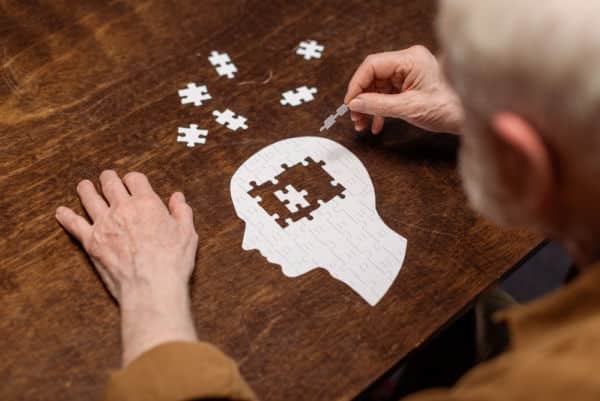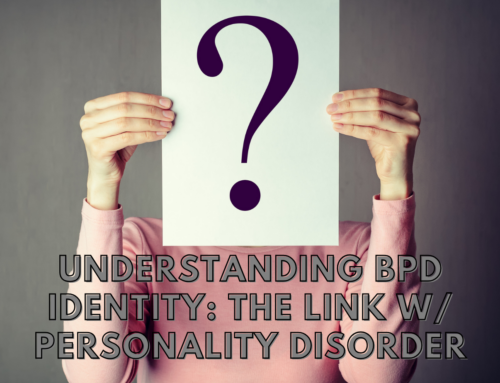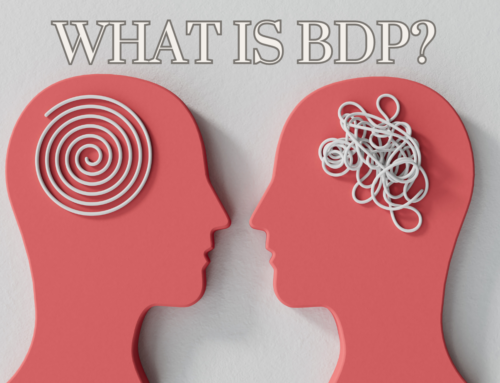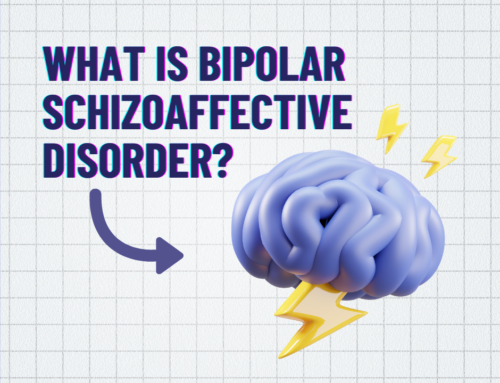Navigating Rapid Cycling Bipolar Disorder
Navigating the complexities of rapid-cycling bipolar disorder can be challenging. Did you know that rapid cycling episodes can occur four or more times within a year? At Alta Loma Transformational Services, we understand the depth of this challenge and offer specialized care tailored to your unique journey. This disorder, while complex, is not impossible. Individuals can lead fulfilling lives with proper guidance, tools, and support. Early intervention is critical; understanding the disorder is the first step towards effective management.
Our Tailored Approach to Rapid Cycling Bipolar Disorder Treatment
Everyone is a world unto themselves, and we honor that uniqueness at Alta Loma. Our commitment goes beyond clinical treatments. We foster an environment of understanding, compassion, and empowerment. Integrating evidence-based therapies with holistic wellness practices ensures individuals recover and thrive, finding renewed purpose and direction. Our team is dedicated to continuous learning, ensuring our methods are always at the forefront of therapeutic advancements. We believe in a holistic approach, addressing the symptoms and root causes, ensuring a more sustainable recovery.
Treatment Modalities for Rapid Cycling Bipolar Disorder at Alta Loma
Bipolar disorder, with its manic and depressive stages, requires a multifaceted approach to treatment. At Alta Loma, we offer several programs tailored for treating bipolar depression and acute mania. Our treatments are designed to support individuals through both the manic and depressive episodes associated with the disorder. We understand that each individual’s experience with rapid cycling bipolar disorder is unique; thus, their treatment should reflect that individuality. From evidence-based therapies to holistic wellness practices, our comprehensive approach ensures that every aspect of the individual’s well-being is addressed.
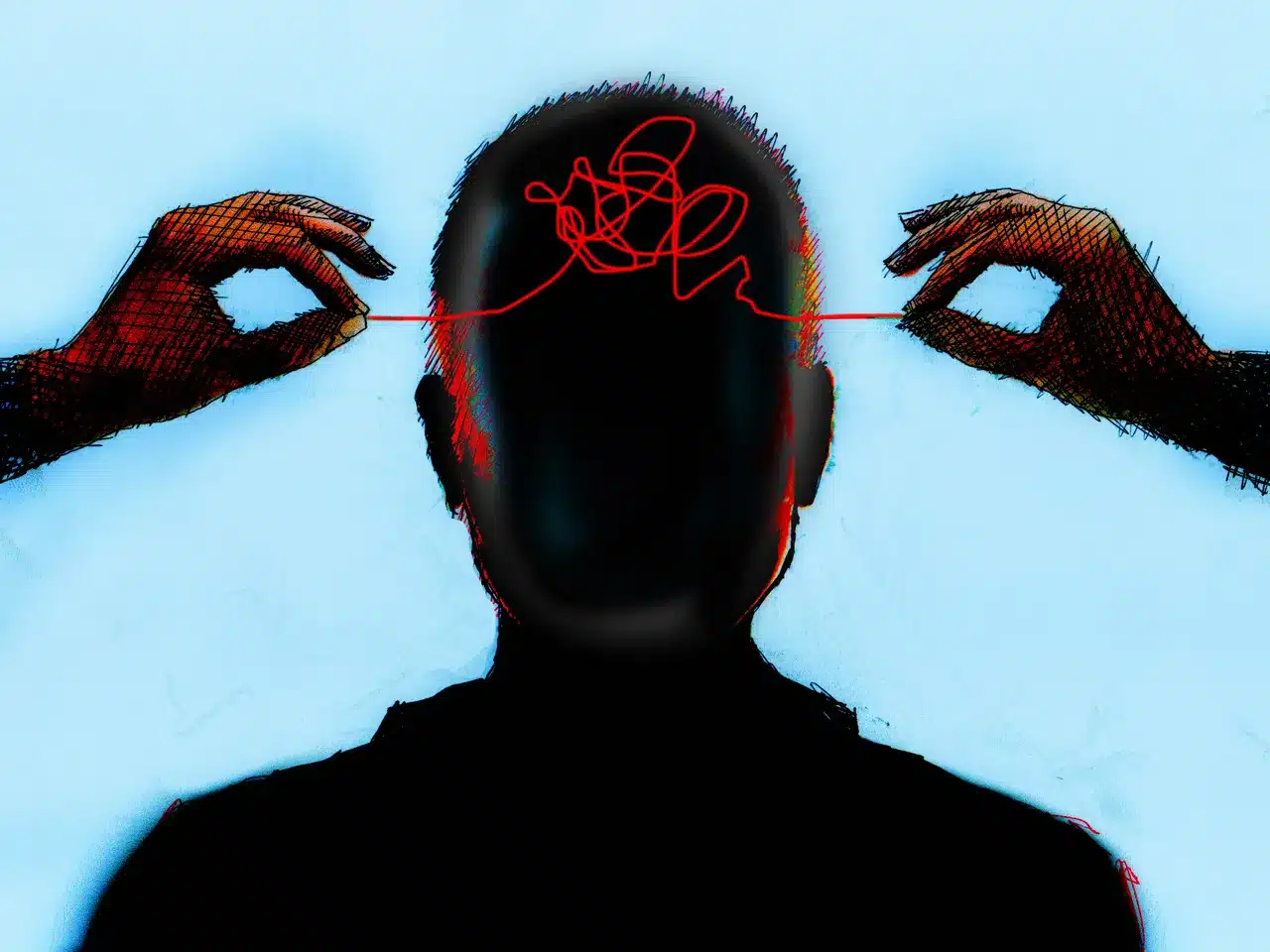
Recognizing the Symptoms: The Dual Faces of Rapid Cycling Bipolar
The symptoms of rapid cycling bipolar disorder are intense and vary widely between individuals. During Manic Episodes, one might experience an overwhelming surge of energy, leading to restlessness and impulsive decisions. Conversely, Depressive Episodes can plunge one into a deep abyss of sadness. Some might experience rapid shifts within a short period, while others might have more extended periods of stability between episodes. Recognizing these symptoms early can lead to more effective interventions. It’s also crucial for loved ones to be informed, as their support can be invaluable during challenging times.
Understanding the Differentiation: Rapid Cycling Bipolar vs. Other Mood Disorders
Many people often confuse rapid cycling bipolar disorder with other mood disorders due to the overlapping symptoms. It’s essential to differentiate between them for accurate diagnosis and effective treatment. This section will delve into the distinguishing features of rapid cycling bipolar disorder compared to other mood disorders, highlighting the unique challenges and manifestations of each.
Unraveling the Origins: Causes and Triggers of Rapid Cycling Bipolar Disorder
Unraveling the causes of rapid-cycling bipolar disorder is like piecing together a puzzle. Genetics, brain chemistry, life events, and more play roles. Environmental factors, such as disrupted sleep patterns or significant life changes, can also influence the onset or exacerbation of episodes. Individuals can develop coping strategies to mitigate potential episodes by understanding these triggers. Knowledge of these factors can empower individuals to take proactive steps in managing their condition. It’s also beneficial for caregivers and loved ones to be aware of potential triggers, enabling them to provide timely support.
The Underlying Risks of Rapid Cycling Bipolar Disorder
The journey with rapid cycling bipolar disorder is fraught with challenges. Intensified mood episodes can strain relationships, leading to feelings of isolation. The looming risk of self-harm or suicide underscores the critical need for timely intervention and support. Beyond the immediate risks, long-term implications exist, such as potential physical health impacts. Awareness of these risks is the first step towards safeguarding one’s well-being. A solid support system is essential, as this can make a significant difference in managing and mitigating these risks.
Comprehensive Rapid Cycling Bipolar Disorder Treatment at Alta Loma
At Alta Loma, treatment should be more than just a regimen. It’s a personalized journey towards self-discovery and healing, backed by evidence-based practices and a team of dedicated professionals. Our approach is rooted in respect for the individual’s journey. We recognize that each person’s experience with rapid cycling bipolar disorder is unique, and thus, their path to recovery should reflect that individuality. Our multidisciplinary team collaborates closely to ensure that every aspect of the individual’s well-being is addressed, from mental health to physical wellness.
Begin Your Recovery Journey with Alta Loma
Your journey towards well-being shouldn’t be walked alone. At Alta Loma, we value every individual, listen to every story, and celebrate every recovery. With a success rate that speaks volumes, we’re committed to your well-being. Don’t let another day pass by in uncertainty. Reach out today, and let’s embark on this transformative journey together. Our dedicated team is here to guide you every step of the way, ensuring that you receive the best care possible.
